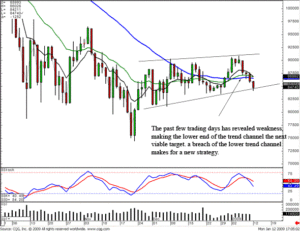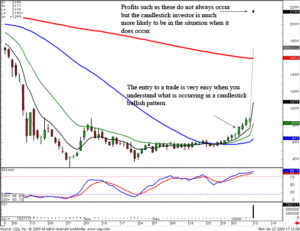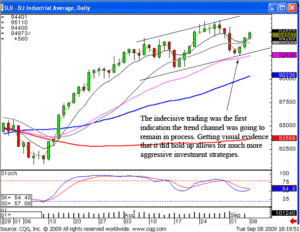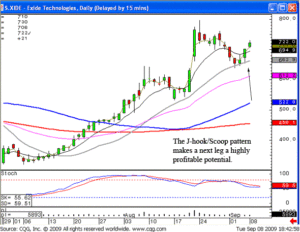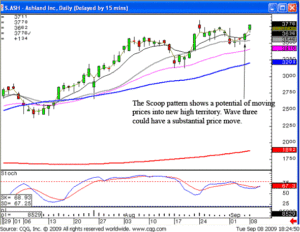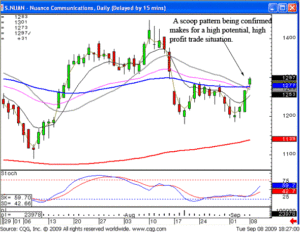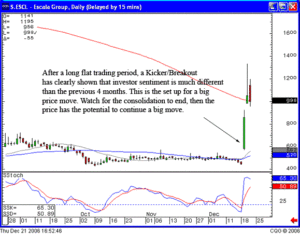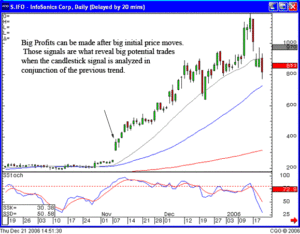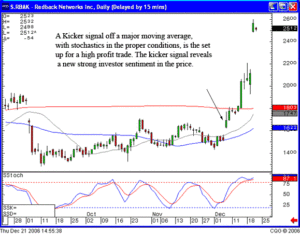Are You a Trader or an Investor?
Sounds like a confusing question, doesn’t it? Trading and investing are two terms that are used so interchangeably that it’s difficult to know the difference. In the language of the stock market, there is a big difference; and for those that confuse stock trading and long term investing, the difference can be painful.
There isn’t a big secret about the difference between the two. First, it is important to say that neither is bad nor wrong. Each is a different approach in a stock trading plan and the problem enters when someone starts out with one philosophy and switches to the other.
Let’s start with the difference between stock trading and investing long term in a company:
- If you come to the conclusion that you should purchase a particular stock because of your technical analysis, you are trading stocks.
- If you come to the conclusion that you should purchase stock because of your fundamental analysis of the company’s future prospects, you are long-term investing.
- If you buy or sell stocks because of short-term movements in stock prices, you are trading stocks.
- If you don’t sell struggling stocks because the outlook says “this is just a temporary downturn”, you are long-term investing.
- If your only interest in companies is whether you should make a quick purchase or sale of hot stocks, you are trading stocks.
- If your interest in a company is its impact on your stock portfolio, you are long-term investing.
Simply put, if you invest in stocks, you are a stock trader; if you invest in companies, you are a long-term investor. Again, neither of these philosophies is bad, both are looking for profit, just in different ways. The confusion between these two starts not when things are good, but when things get difficult. To make money investing in stock when things go bad, it is important to have stop loss strategies in place. Stock trading says to set a percent target and sell the stock if it reaches that level to minimize the loss. Long-term investing looks to first determine the reason for the fall, and then decide what the long-term impact on their portfolio is. If it outlook is bright, the investor will probably stay with the stock. If the future is bleak, it may be time to sell.
The problem is actually more of an emotional issue of greed and fear than anything. Since stock traders usually look at the daily trends and long-term investors focus on forecasts, making decisions outside of their expertise can be costly. If a stock trader decides to hold a struggling stock, he or she is less likely to understand the dynamics behind a downturn. If a long-term investor decides to quick-sell, he or she may miss the long-term implications by forsaking the investment philosophy.
Whether you choose to be a stock trader or a long-term investor, it is important to develop a solid stock trading system or stock investing system that coincides with your decisions and goals. Being a short-term trader or long-term investor is great, just be sure you know the difference
